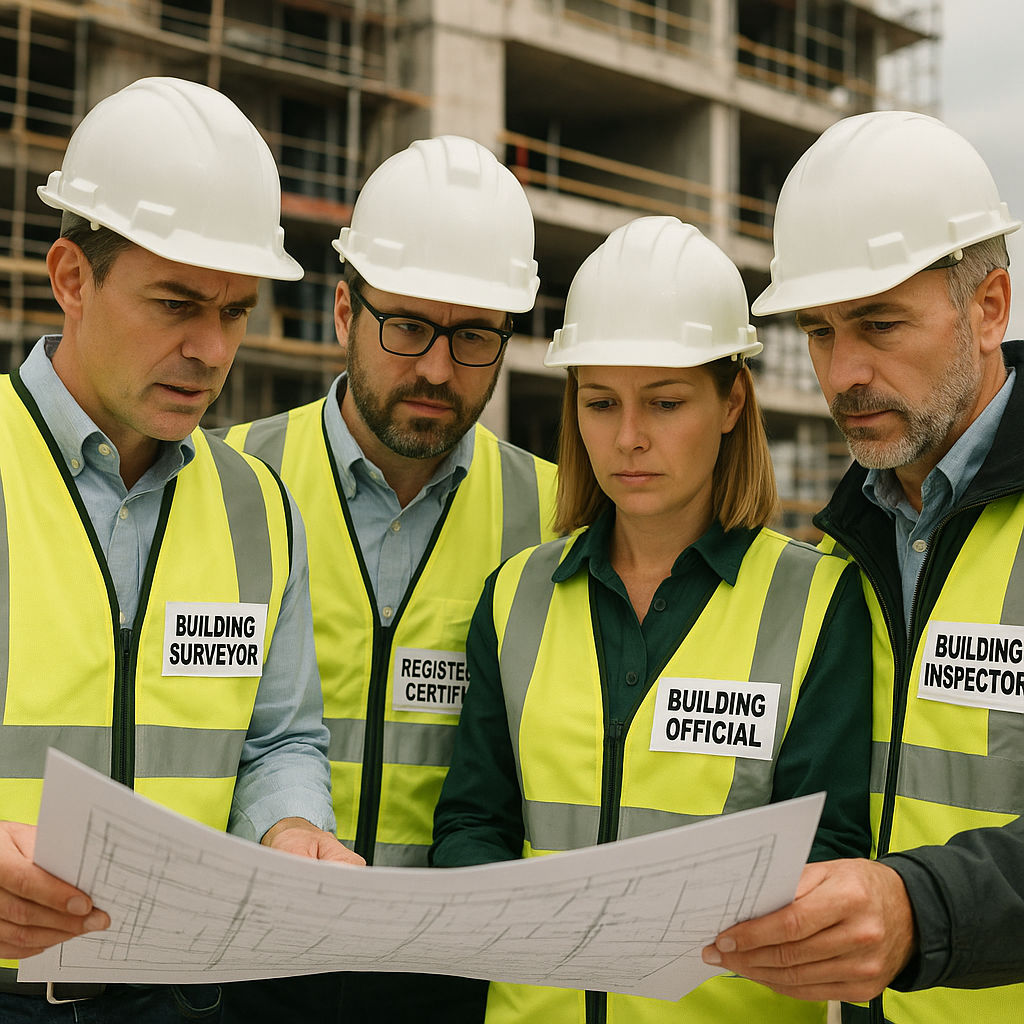
The National Construction Code (NCC) has a building classification system that embraces 10 classes. It is not a risk-based building classification system.
The NCC has a purpose oriented building classification system:

The NCC is not a risk-based classification system but a purpose classification system.1 That is, the NCC classifies buildings and structures pursuant to the purpose for which they are designed. Under the NCC where a building may have more then one purpose, each of these parts may be a separate classification.2
This differs to a risk-based classification system which notwithstanding that it would also take into account the intended occupation of the building – other risk-based criteria such as height, size, the complexity of the building and use of, would feature prominently in a codified classification of the building or structure.
One of the original risk-based building classification systems was the European EN Standard that classified buildings ranging from low to medium to high consequence.3
In February this year the IBQC published ‘Risk-based Building Classification and Inspection Guidelines’.4 The IBQC had regard to the EN Standard. The multi-national IBQC coalition that drafted these guidelines took two years and the product probably represents the best thinking on the planet now with respect to the generational rationale that underpins a potential consequence-based system.
Equally importantly, the IBQC recognises that a risk-based building classification system as a standalone absent a calibrated and integrated mandatory inspection regime detracts from best practice holistic building control.
As a result, the authors of the guidelines calibrated the potential consequence classification system to marry with mandatory inspection intervention junctures.
The logic is simple:
Inspection resources be they local government or government instrumentality inspection resources are finite; yet are critical to the viability and sustainability of a building control regime as is the role of the building official.
Some countries, particularly emerging economies are challenged with generating a critical mass of building inspectors. It follows that these resources have to be utilised in a manner that provides the greatest benefit to the citizen, in terms of providing construction safety and minimising risk to life and limb that is a consequence of compromised construction outcomes.
Contextualising matters to Australia:
It is well known that there is no uniform approach to building control in Australia. The states and territories are sovereign and the building regulations that have evolved over many decades have evolved their own unique and signature approaches to building regulation.
There is no uniform approach to building permit delivery:

Consistent with this, there is no uniform approach to building permit delivery and interaction with building officials. There isn’t even a uniform name for the building official. Victoria uses the title ‘Building Surveyor’ and NSW used ‘Registered Certifier’, yet they all do the same job. Some countries use a term ‘Building Official.’ In Victoria there is also the ‘Building Inspector’.
Nor is there a uniform approach to the number of and frequency of legislated building surveyor/official inspections in Australia. Victoria for instance prescribes four mandatories which are prior to footing placement, before pouring in site concrete, completion of frame and upon completion.
This ‘one size fits all’ approach dictates that regardless of whether the building is a farm barn or warehouse, an 80-storey multi-unit high rise – there will be four mandatory inspections. At least Victoria promulgates four mandatories.
A number of jurisdictions in Australia fall well short of that – yet mandatory inspection interventions are according to the IBQC international best practice.
Since 2005, 18 economies have incorporated elements of risk-based building inspections…[this innovation will] allow governments to allocate resources where they are most needed without compromising worker and public safety.5
The IBQC risk-based building classification approach:

The IBQC has regard to the fact that there are varied building typologies that can be defined or profiled in accordance with the risk or more precisely the potential risk that is harbored within the structure.
The IBQC guidelines also encourage the highest concentration of finite inspectorate resourcing being focused on the typologies that pose the greatest risk. The IBQC defines potential consequence in the guidelines as referring ‘to the magnitude of prejudice to life, limb, and economic impacts that are likely to flow from compromised construction outcomes’.6
This definition is very instructive because it makes it clear that a potential consequence-based mechanism should from the outset be calibrated with mandatory inspection regimes.
In the case of Australia there does not appear to be any interactive mechanism that allows for the calibration of building inspectorate apparatus with a risk based building classification. The NCC seems to be developed in isolation of the legislative administrative processes that govern the inspection regimes in the given jurisdiction. Not surprising as the ABCB`s remit does not allow it to venture into the business of legislating for that is the mandate of the states and territories.
International best practice this writer submits is about a binary approach to building classification that is compatible with building inspectorate functionality and capability.
The IBQC approach recognises that finite resources should not be deployed in an overweight capacity in the low-risk paradigm and likewise should not be deployed in an underweight capacity in a high-risk paradigm. Unless the building classification however gels with the inspectorate dynamic i.e. unless the administrative provisions of the building act dance with the building classification systems of the building code then one would have a non – integrated and far less than optimum outcome.
Conclusion:
The NCC focus has always been the classification of buildings and structures on the basis of their intended purpose. It is the writer’s view that a risk-based building classification system is more utilitarian and affords better protection to the consumer and allows for the more cost effective deployment of critical resources. It also provides the advantage of allowing under the potential consequence definition a more nuanced way to ameliorate the risk of adverse construction outcomes. It must be stressed and for fear of labouring the point any risk-based system should be complimented by a building inspection regime.
Tsigereda Lovegrove is a construction and planning lawyer at Lovegrove and Cotton Lawyers and Secretary of the IBQC Dispute Resolution Committee.
Law Graduate, Tim Clark also provided some R&D assistance.
Disclaimer
This article is not legal advice rather a discussion of the topic in only general terms. Should you be in
need of legal advice, please contact a construction law firm. Lovegrove & Cotton Lawyers and
our experienced team will assist you based on the facts and circumstances of your case.
Image Acknowledgements:
The digital renders used in this article were developed collaboratively by Lovegrove & Cotton and ChatGPT. The photo images that are not the digital renders are stock images sourced from Shutterstock.
Footnotes:
- 1 Australian Building Codes Board, ‘National Construction Code Part A6 Building Classification’, <https://ncc.abcb.gov.au/editions/ncc-2022/adopted/volume-one/a-governing-requirements/part-a6-building-classification> (accessed 27 March 2024) ↩︎
- 1 Ibid ↩︎
- 3 EN 1990: Eurocode – Basis of structural design (EN 1990) ↩︎
- 4 International Building Quality Centre (IBQC), ‘Risk-Based Building Classification and Inspection Guidelines’ (February 2024).
↩︎ - 5 Doing Business. (2014). ‘What role should risk-based inspections play in construction’. World Bank, p 46.. ↩︎
- 6 International Building Quality Centre (IBQC), ‘Risk-Based Building Classification and Inspection Guidelines’ (February 2024). ↩︎









